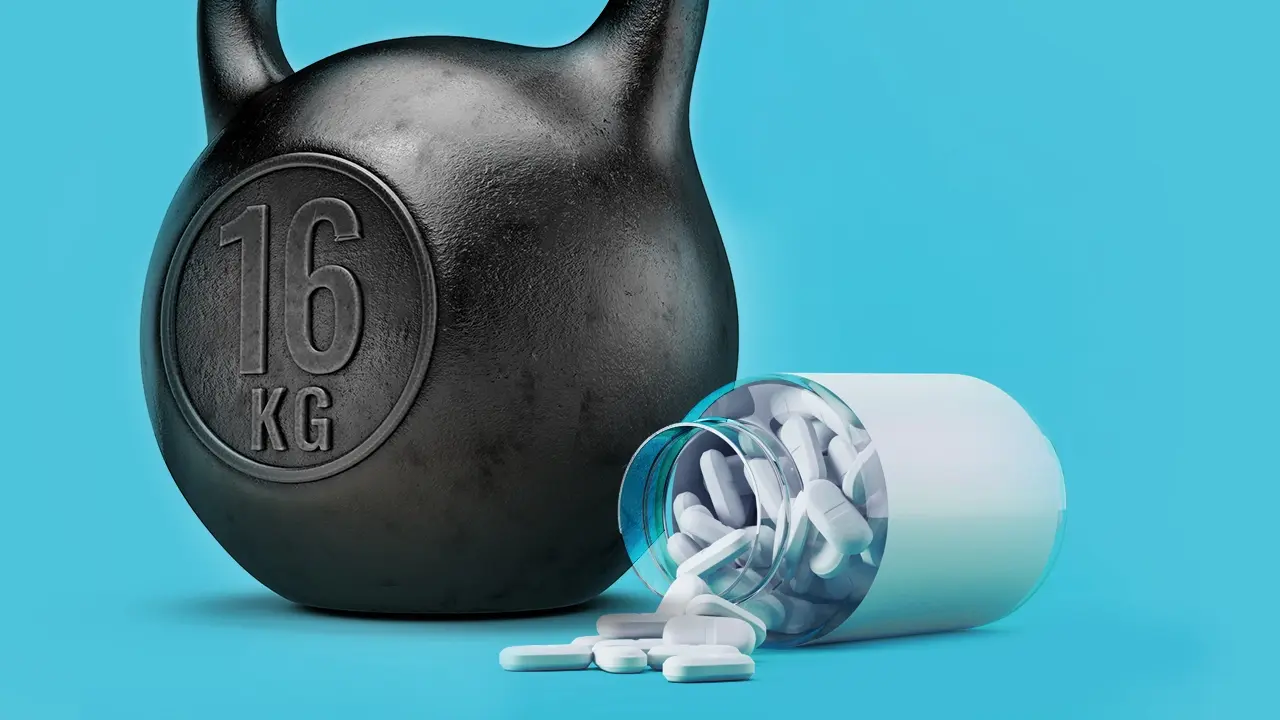
THE GOLD STANDARD IN THIRD-PARTY CERTIFICATION AND TESTING : +1-800-920-6605, info@bscg.org

Hordenine can be a common ingredient in stimulant-based pre-workout supplements. It is also a chemical found in beer, similar to its cousin N-Methyltyramine (NMT). Hordenine was named after barley as the name stems from the Latin species Hordeum. It is an alkaloid, part of the phenethylamine class with a chemical name of N,N-Dimethyl-p-hydroxyphenethylamine. Phenethylamine derivatives are now banned on the World Anti-Doping Agency (WADA) Prohibited List. Amazingly, beer contains not just one compound banned in sport but two in the form of NMT and Hordenine. Gulp! Hordenine also appears on the FDA’s Dietary Supplement Ingredient Advisory List. This means it is not a legal dietary supplement ingredient, and neither is NMT. So, if you see either of these on your supplement’s ingredient list, you could risk failing a drug test.
You can thank nature for creating Hordenine. Hordenine -also known as N,N-Dimethyl-p-hydroxyphenethylamine - can be found naturally in various plants, including barley, cacti, bitter orange, and even marine algae. These are nature’s Hordenine heavy hitters that carry some of the highest natural concentrations. A 1977 study of phenethylamines found in plants discovered that as many as 91 plant species contain Hordenine.
It was originally extracted from a cactus species in 1894 and named Anhalin. In 1906 it was isolated from barley and given the more common name of Hordenine, which is used today. A study in 1983 reported there is 12-24 mg/L of Hordenine in beer. So, is Hordenine natural? Yes, but only if it is extracted from one of the natural sources. Hordenine can also be synthesized.
As a stimulant and pre-workout ingredient N-methyltyramine is typically found in the 20-200 mg range. It is often included in proprietary blends with no specific amount listed, making it hard to figure out exactly what you are getting. Despite N-methyltyramine appearing on the FDA Dietary Supplement Ingredient Advisory List, it still appears in 53 products on the NIH Dietary Supplement Label Database as of July 2022.
As a stimulant and pre-workout dietary supplement ingredient, Hordeninecanoften be found as part of proprietary blends. This means it can be hard to know exactly how much is used in these products. In products that do list the amount of Hordenine, it is commonly found in the 20-50 mg range.
Despite Hordenine being on the FDA Dietary Supplement Ingredient Advisory List, it still appears in 359 products on the NIH Dietary Supplement Label Database. Being on the FDA Dietary Supplement Ingredient List doesn’t necessarily mean Hordenine is unsafe. Rather, it means that according to the FDA, the ingredients do not appear to be lawful dietary supplement ingredients.
Hordenine can have many effects that are both expected and unexpected. Hordenine is often used as a stimulant or mood enhancer in dietary supplements. It has been studied as a Monoamine Oxidase Type B (MAO-B) inhibitor and is suggested to have some anti-depressant and mood benefits. It is common to find it stacked with other stimulants or nootropic cognitive enhancers because it may be more beneficial in the presence of other stimulants. Some sources suggest it may have fat-burning properties, but this hasn’t been conclusively proven.
It’s marketed as helping with the following:

Whether Hordenine will tick all these boxes for everyone is difficult to predict. This is because its potency may vary, and everyone may react to it in a unique way.
Most of the studies on Hordenine have been on animals. It came to fame in the horse racing realm in 1990 because it had the potential to impact horse racing as an injected stimulant. However, these same stimulant properties did not apply when taken by mouth.
It seems clear that Hordenine does have some stimulant properties. Early research in 1989 noted Hordenine “is likely to be absorbed and could affect the sympathetic nervous system, by virtue of its action as an inhibitor of noradrenaline uptake.” It has been shown to work as an MAO-B inhibitor. This enzyme breaks down brain chemicals, such as dopamine.
One source specializing in performance enhancement concludes that “while it is clear that Hordenine is a cardiovascular, nervous system and metabolism stimulant, nootropic properties are debatable – while it might be mildly nootropic, the opposite may be true.
As with many supplements, there are potential Hordenineside effects to think about. These are relatively unknown in human studies and are suggested by animal studies thanks to the stimulant nature of Hordenine.
N-methyltyramine side effects have been reported among users, including:
These Hordenine side effects are thought to be because it stimulates your nervous system. These side effects may appear brief and only when someone takes very high doses.
Technically yes. However, a positive drug test has not been reported for it yet based on WADA adverse analytical finding statistics from 2006-2020. Phenethylamine derivatives were added to the WADA Prohibited List in 2016. The phenethylamine ban was significant because hundreds of natural products and plant extracts are phenethylamine derivatives, like Hordenine, which could now be interpreted as prohibited.
While Hordenine would qualify as a prohibited substance as a phenethylamine derivative, it is not specifically listed in any banned substance lists used in sports, except the NCAA Banned Substances List, where it is included as an example of a stimulant. The absence of Hordenine on most banned substance lists is surprising, given its prevalence in pre-workout supplements.
The Global Drug Reference Online (DRO), a cooperative among several anti-doping agencies, does not have a record on Hordenine. The Global DRO does have a record for N-methyltyramine, saying this related stimulant is banned. This suggests Hordenine would also be interpreted as prohibited by the Global DRO.
Hordenine could make you fail a drug test in sports, at least theoretically. The lack of WADA adverse analytical findings suggests that Hordenine has not yet been targeted in sports drug testing. Urine thresholds would apply for Hordenine. The category of S6 - Stimulants has a reporting threshold of 50 ng/ml in urine according to the WADA Technical Document TD2022MRPL. Hordenine and N-methyltyramine appear to fall into a strange category in sports drug testing. They are drugs banned by interpretation of the list, but apparently not in practice.
Hordenine may impact initial workplace drug tests that use immunoassay testing. These tests usually give a color or signal in the presence of a category of drugs, whereas mass spectrometry fingerprints the specific drug in question. Hordenine has been known to appear like morphine in immunoassay tests. If confirmed by mass spectrometry Hordenine is distinguishable from morphine and the confirmation test should be negative.
In our view, it is possible that Hordenine could be a legal dietary supplement ingredient if it was in the form of a legitimate natural extract of a plant. However, as a synthesized chemical, Hordenine does not appear to qualify as a legal dietary supplement ingredient. The U.S. FDA has taken enforcement action against brands for selling Hordenine and it is noted on their Dietary Supplement Ingredient Directory. The FDA took action against multiple companies for selling Hordenine in a slate of warning letters in May of 2022.

 YouTube Channel
YouTube Channel
Oliver Catlin Interview
 BSCG BLOG
BSCG BLOG
Consumer Reports Overinflates Lead and Heavy Metals Concern in Protein Supplement Survey

 The Catlin Perspective blog widget
The Catlin Perspective blog widget
THE HISTORY OF BSCG